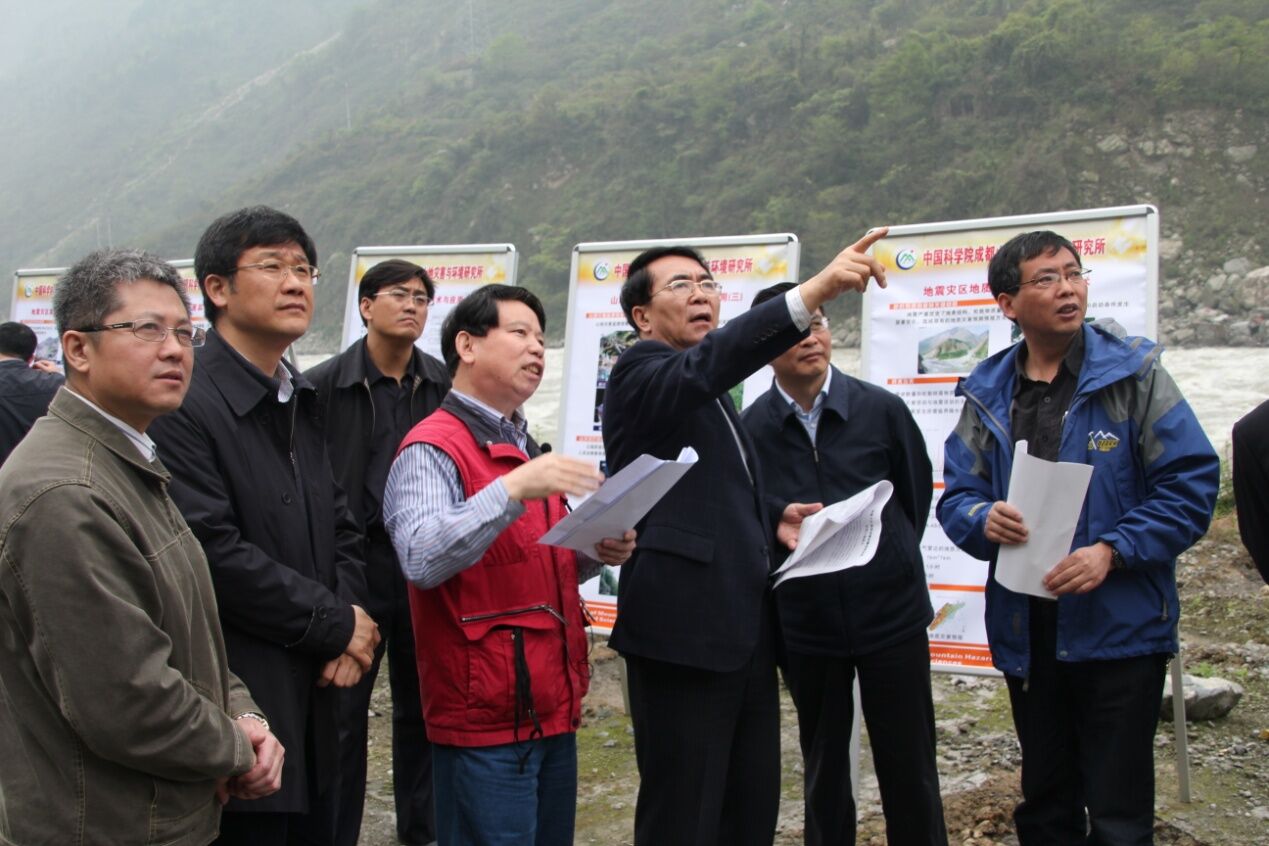The Hailuogou Glacier (Gongga Mountain, SW China) has been retreating in response to global warming. A soil chronosequence (Hailuogou Chronosequence) has developed in the retreat area, and a primary plant succession has developed on it.
In order to investigate the changes of soil phosphorus (P) fractions along the young soil chronosequence in the cold and humid climate, IMHE team led by Dr. Wu Yanhong collected soil samples at seven sites of different ages (0 to 120 years).
In all soil samples, concentrations of total P and of different P fractions (Bioavailable P, Al/Fe-bound P (P bound by Al and Fe oxides or hydroxides), Ca-bound P, and residual P) were determined using a sequential extraction technique. Organic P was determined using the high temperature ignition method.
The study reveals that for the youngest (0 years, 12 years) soils, P forms were dominated by residual P, and topsoil forms of Ca-bound P, Al/Fe-bound P, organic P, microbial biomass P and bioavailable P were less than 1.86%. From 30 to 120 years, for the topsoil, concentrations of Ca-bound P and organic P gradually increased; the concentration of bioavailable P in surface soil also showed a trend of increase, with percentages of 5–11.5% to total soil P; the concentration of residual P decreased; the concentration of Fe/Al-bound P contributed less than 5% to total soil P at all sites. Ca-bound P and organic P were the dominant P fractions at the older sites (ages: 80 and 120 years). Soil P bioavailability and solubility were influenced by the changes of pH, and concentrations of Fe and Al oxide and hydroxide. The variations of vegetation and microbial activity are also considered as the impact factors of soil P forms. In the later stage of soil development (80 ~ 120 years), plenty of soil P was transformed into biomass P pool (299.3 kg ha− 1).
This work was funded by the National Natural Science Foundation of China (Grant No. 41272200) and Chinese Academy of Sciences (Grant No. KZCX2-YW-BR-21, and Grant No. KZZD-EW-TZ-06) .
The paper entitled “Changes of soil phosphorus speciation along a 120-year soil chronosequence in the Hailuogou Glacier retreat area (Gongga Mountain, SW China)” was published in Geoderma (2013, 195-196: 251-259).
